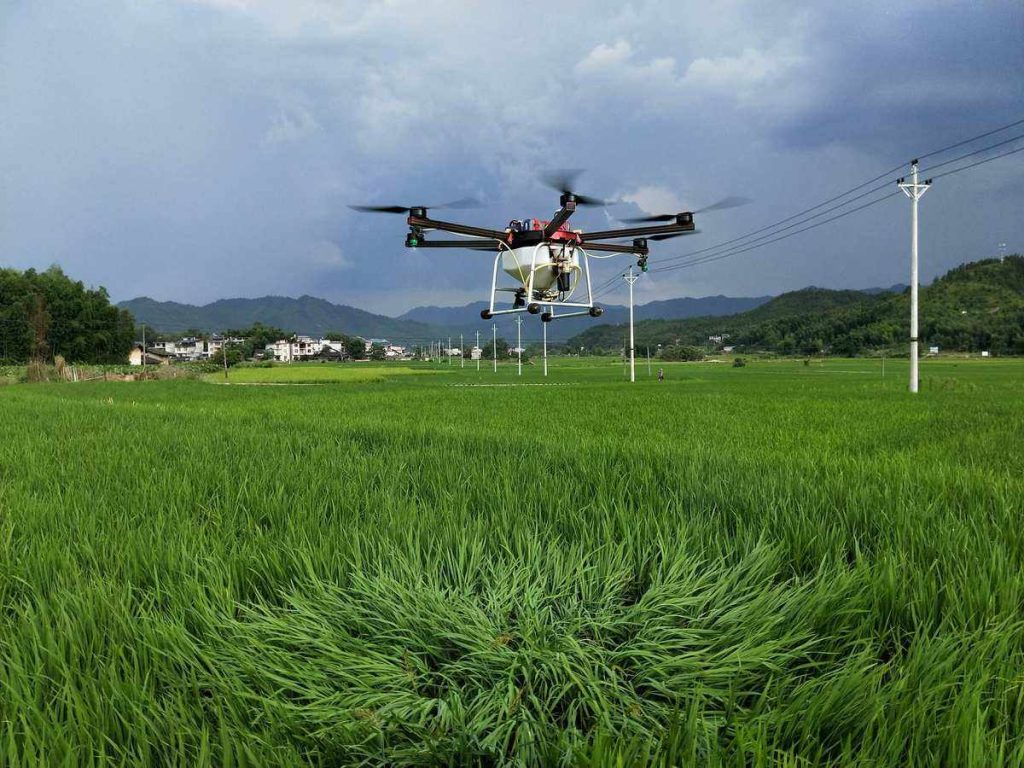Introduction: In the realm of precision agriculture, the role of drones in crop management is expanding beyond monitoring and data collection. Drones equipped with specialized spraying systems are becoming vital tools for precise and efficient crop spraying.
Efficient and Targeted Spraying: Traditional crop spraying methods involve wide-scale application of pesticides or fertilizers, often resulting in overuse and environmental contamination. Agricultural drones equipped with spray nozzles and precise GPS technology can target specific areas in a field. This targeted approach minimizes chemical usage, reduces operational costs, and mitigates environmental impact.
Reducing Human Exposure: Crop spraying has traditionally been a labor-intensive and sometimes hazardous task. Farmers or workers exposed to chemicals face health risks. Drones offer a safer alternative, as operators can control the spraying remotely. This not only enhances safety but also reduces the need for personal protective equipment (PPE).
Accessibility to Challenging Terrain: Drones have the advantage of accessibility to challenging terrains. Fields with uneven topography or difficult-to-reach areas are no longer obstacles. Drones can navigate these terrains with ease, ensuring uniform coverage.
Data-Driven Decision Making: Crop spraying drones are not just aerial vehicles but also data platforms. They collect information during the spraying process, such as wind speed, temperature, and humidity. This data contributes to better decision-making, allowing for adjustments in real-time, if needed.
Integration with Variable Rate Technology (VRT): Combining the capabilities of crop spraying drones with Variable Rate Technology (VRT) is a powerful approach. VRT allows for the creation of prescription maps, which dictate the precise application of inputs based on field conditions. Drones can then execute these prescriptions with great accuracy.
Challenges and Future Developments: While crop spraying drones offer numerous benefits, challenges remain. Battery life, payload capacity, and regulatory considerations are among the issues drone manufacturers are addressing. Research is ongoing to develop more efficient and autonomous drone systems.
Conclusion: The integration of drones into precision crop spraying is a significant leap forward in modern agriculture. These aerial machines bring efficiency, precision, and safety to crop management practices. With advancements in technology and the resolution of current challenges, we can anticipate an even more prominent role for drones in the future of agriculture.
Stay tuned for our next article, where we’ll discuss how drones are being employed for weed control and pest management in agriculture.







Please sign in to comment
register